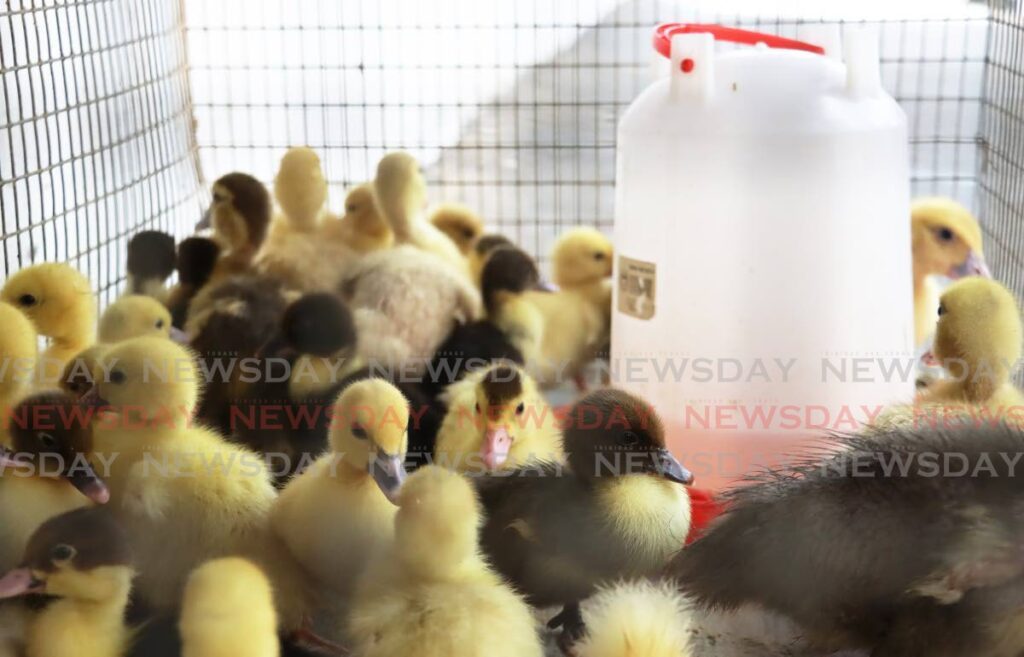Pushing poultry’s plucky potential

MINISTER of Agriculture Kazim Hosein’s recent call for the population to support local poultry is not only a familiar cry, but it also betrays the same ole thinking as it relates to this industry generally.
One million chickens are consumed in this country on a weekly basis, according to estimates from recent years by industry stakeholders.
Meanwhile, an average of 42 million fowls are reared annually.
Such whopping figures bring home the point that poultry has been a big part of our culinary habits for decades. And yet the measures needed to regulate and promote the sector have lagged.
On May 14, Mr Hosein framed things in terms of a battle between local and foreign goods.
“Biting into local chicken tastes so much better,” he said, speaking at the opening ceremony of a Caribbean Poultry Association symposium in Port of Spain.
The minister joined a long line of officials who have, over the years, raised the alarm over imports.
They have all had good reasons to do so. For example, when foreign leg quarters began to show up more in the late 2000s, many pluck shops shuttered. Import volumes increased and about $112 million, on average, is spent per year on imports, according to a previous analysis. The bulk comes from the US, Canada and Barbados.
But the issues facing the sector are not limited to local versus foreign.
The minister’s clumsy assertion that chickens at local farms “get VIP treatment” points to this.
If it is true that 42 million chickens are produced locally, then that would suggest eight out of ten birds consumed here are reared here.
Assuming more imports are eating into the local market share, the question arises as to why.
In addition to parts, the competition includes things like breaded and stuffed chicken breasts, wings, popcorn chicken and tenders. Many of these enter the market bearing official certification from foreign regulators stating they are organic, antibiotic-free or reared without hormones. Such items can be pricey, but for those able to afford them, they fulfil a specific need.
Governments like to ask citizens to adopt healthier lifestyles, especially given the prevalence of non-communicable diseases. Yet when it comes to enabling people to make different choices, efforts falter.
Mr Hosein’s boast about local chicken being produced without hormones would be even better if we had a system of certification and labelling that allowed consumers to ascertain and/or appreciate the implications of such designations. Testing and regulation, along with proper and prominent labelling, would allow local chicken to compete more effectively.
There is something notable, meanwhile, about the minister calling on producers to innovate to reduce pollution. Chicken production has been linked to adverse consequences on water quality, climate change and damage to natural habitats. In fact, some consumers are moving away from meat out of concern for the environment.
Regulation of the components going into chicken production, as well as industry outputs, is essential if this, the region’s largest agro-enterprise, with gross income estimated at US$500 million, is to live up to its potential.


Comments
"Pushing poultry’s plucky potential"